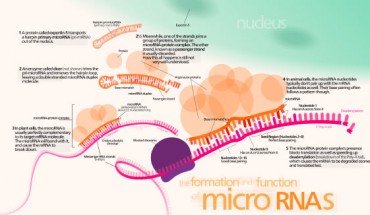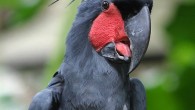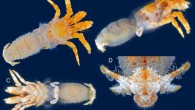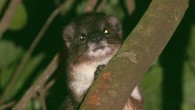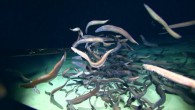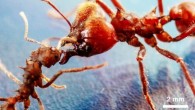Formerly thought to be ‘junk DNA,’ microRNAs (miRNAs) are small chains of about two dozen non-coding nucleotides. They are emerging as important regulators of diverse physiological and pathological processes. However, our knowledge of their potential role in regulation of circadian rhythms is limited. In new research, a team of U.S. scientists successfully identified mature miRNAs as cell-autonomous circadian modulators. Zhou et al. revealed that...

